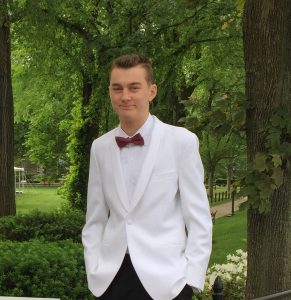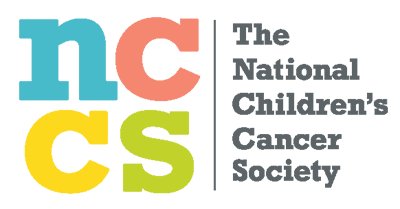Thanks to advances in treatment, more children with cancer survive into adulthood. While that is wonderful news, many of the treatments that cure childhood cancer can cause problems even years after treatment has ended. These complications are known as “late effects.” Two-thirds of all survivors will experience one or more late effect from their disease and/or treatment. Their long-term health and potential late effects from treatment have become a focus of care and research.

Taegan S.
Cancer treatment is unique. It varies from child to child and from one type of cancer to another. The risk of developing late effects also depends on a variety of factors including the type of cancer, where the cancer was in the body, how old the child was when treated, the child’s overall health before the cancer, and the child’s genetic make-up (inherited risk for certain health problems.)

Patrick B.
Regular follow-up care after cancer treatment is paramount to help doctors find and treat any late effects as early as possible. The follow-up schedule depends on many factors including the type of cancer, age at diagnosis, current age, treatments and amounts used, as well as the risk of late effects from those treatments.
The National Children’s Cancer Society (NCCS) offers a comprehensive list of long term follow-up clinics in each state as well as a proprietary online tool. The NCCS’s Late Effects After Treatment Tool (LEATT) provides personalized information about a survivor’s potential late effects based on the information entered. The LEATT takes less than ten minutes to complete. In addition to providing potential late effects, the custom report also includes symptoms to look for, provides recommendations for follow-up care, and offers prevention tips that may help reduce the risk of further health issues. The results can be shared with a survivor’s healthcare team and always seek medical advice with any concerns. The best defense is a good offense!
Recently some of the NCCS Beyond the Cure Ambassador Scholarship recipients expressed their feelings about the LEATT.
“The tool is very useful because it is backed by research, so you know that you can trust it.”
– Reagan H.
“This tool was very helpful to me! I learned about more possible side effects than I knew about before, including things that I did not realize could have been affected at all. I am also more aware of things that I can be looking for as signs of possible late effects now. I hope more survivors are able to use this tool to help them as well!”
– Taegan S.
“I learned a good amount from this survey. One thing I learned was that due to my radiation treatment, there is a possibility that the cancer can come back. I don’t want to be scared or intimidated by this, however it is good to know and be informed about. Also, who knew being physically active for 30 minutes a day for 5 days a week was so important. I guess I gotta start getting to the gym more.”
– Pat B.

